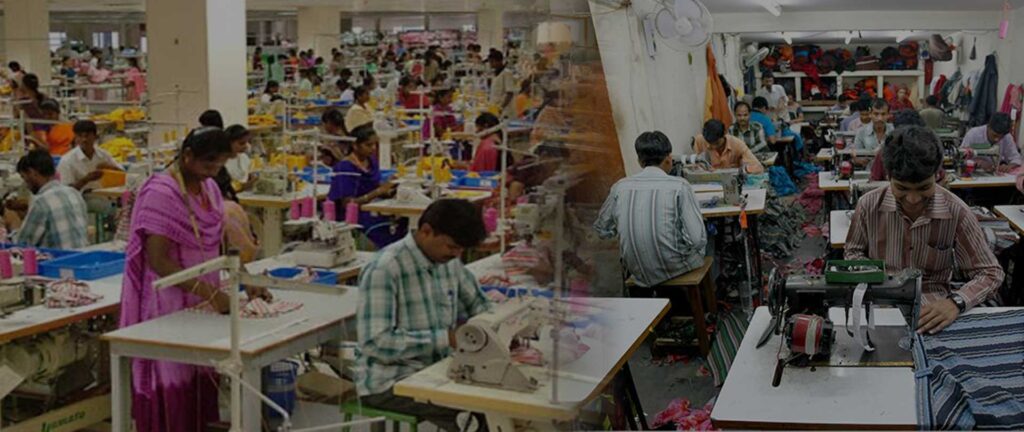Samarth Scheme is the flagship skill development scheme of the Ministry of Textiles, which is a continuation of the integrated Skill Development Scheme under the 12th Five Year Plan. Also known as the Scheme for Capital Building in the Textile Sector (SCBTS) was introduced in 2017. It is to train an untrained labor force of 10 lakh and place them in various industries in the textile sector, including Handloom, jute, and many more. Samarth targets the skill development of unemployed youth in the value chain of the textile sector in India.

What is Samarth Scheme?
The Ministry of Textiles has implemented the Samarth Scheme, an initiative to build capacity in India’s textile sector. Launched in 2017, the scheme is known as the Scheme for Capacity Building in the Textile Sector (SCBTS). The primary objective of the Samarth scheme is to ensure a continuous supply of skilled workforce in the labor-intensive textile sector of India. The scheme’s target is to develop the skills of 10 lakh youth in the organized sector of the entire textile value chain, excluding spinning and weaving. With a budget outlay of 13000 crores, the Samarth scheme incorporates advanced features such as Training of Trainers (ToT), Aadhar-enabled biometric attendance, CCTV recording of training programs, dedicated call centers with helpline numbers, online monitoring of the training process, and a management information system (MIS) based on a mobile app.
Objectives of the Samarth Scheme
- o provide a demand-driven placement-oriented skill program in compliance with the National Skill Qualification Framework (NSQF).
- To assist in enhancing the job creation initiative of the textile sector.
- To enhance the training of youth using Training of Trainers.
- To induce the self-employment capability of youth and reduce the dependence and unemployment rate.
- In addition to the skill development of new people, skill upgradation exercises are also being promoted in traditional sectors, such as Handloom.
- To enable the provision of sustainable livelihood to all.
- To incentivize and support the efforts of the textile industry in employment generation.
Government extends “Samarth” (Scheme for Capacity Building in Textiles Sector) till March 2026
Samarth is a demand-driven and placement-oriented umbrella skilling program of the Ministry of Textiles. Samarth Scheme has been extended for two years (FY 2024-25 and 2025-26) with a budget of Rs. 495 Crore to train 3 lakh persons in textile-related skills.
- Scheme aims to encourage and support the industry in creating jobs in the organized textile and related sectors, covering the entire value chain of textiles, excluding Spinning and Weaving. The training program and curriculum have been rationalized to meet the evolving technological and market needs.
In addition to entry-level skilling, the scheme also provides upskilling/reskilling programs to improve the productivity of existing workers in Apparel & Garmenting segments. Samarth also caters to the upskilling/reskilling needs of traditional textile sectors such as handloom, handicraft, silk, and jute.
The scheme is implemented through Implementing Partners (IPs) comprising Textile Industry/Industry Associations, Central/State government agencies, and Sectoral Organizations of the Ministry of Textiles like DC/Handloom, DC/Handicrafts, Central Wool Development Board, and Central Silk Board.
Under Samarth Scheme, the Ministry, through implementing partners, has trained 3.27 lakh candidates, of which 2.6 lakh (79.5%) have been employed. There is a strong emphasis on women’s employment, and 2.89 lakh (88.3%) women have been trained so far.
FAQs
What is the main aim of the Samarth Scheme?
The main aim of the Samarth Scheme is to provide skill development training to the youth in the textile sector value chain (excluding spinning and weaving).
What are the implementing agencies of the Samarth Scheme?
Textile industry; Institutions or organizations of the Ministry of Textiles; State governments with placement tie-ups and training infrastructure with the textile sector.